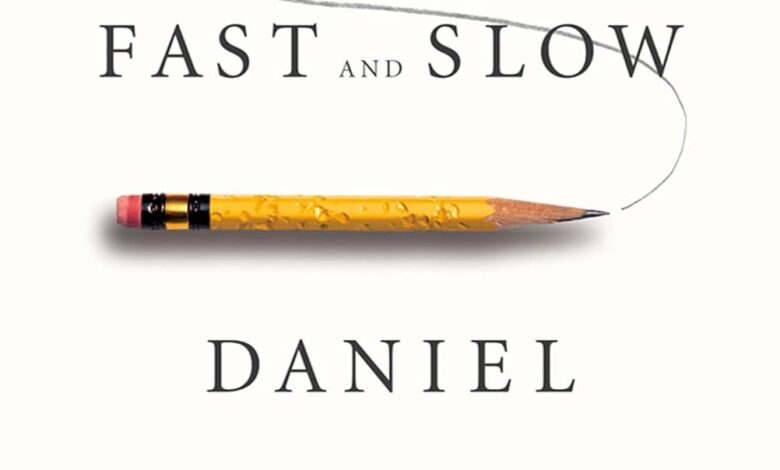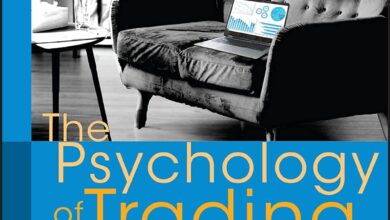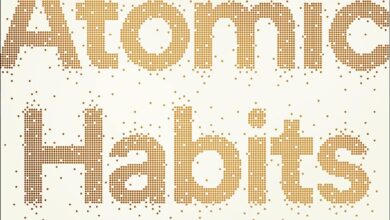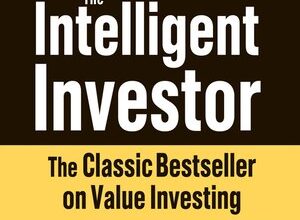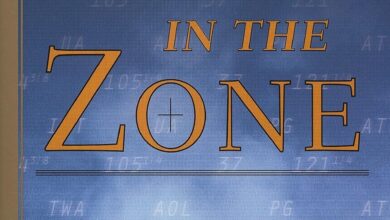Thinking, Fast and Slow
“Thinking, Fast and Slow” is a highly influential book written by Daniel Kahneman, a Nobel laureate in economics. In this book, Kahneman explores the two systems of thinking that drive our decision-making processes: System 1 and System 2.
System 1 represents intuitive, automatic thinking that operates quickly and effortlessly. It involves mental shortcuts, or heuristics, that allow us to make rapid judgments and decisions based on limited information. However, System 1 thinking is prone to biases and errors.
System 2, on the other hand, represents deliberate, analytical thinking that requires conscious effort. It involves logical reasoning, critical thinking, and complex problem-solving. System 2 thinking is slower and more deliberate, but it is also more accurate and less susceptible to biases.
Kahneman delves into various cognitive biases and heuristics that affect our decision-making. He introduces concepts such as anchoring, availability bias, framing, and the halo effect, among others. These biases and heuristics often lead to systematic errors in our judgments and choices.
The book also explores the concept of prospect theory, which challenges traditional economic theories of rational decision-making. Kahneman and his research partner, Amos Tversky, developed prospect theory to explain how people evaluate and make choices under conditions of uncertainty. The theory suggests that individuals are more loss-averse than they are risk-averse, meaning they are more concerned about avoiding losses than maximizing gains.
Kahneman discusses the implications of these cognitive biases and heuristics in various domains, including economics, finance, psychology, and public policy. He emphasizes that our intuitive judgments are often flawed and that we should be more aware of the biases that can lead to suboptimal decisions.
The book provides numerous real-life examples, experiments, and studies to illustrate these concepts and their practical implications. Kahneman’s writing is accessible and engaging, making complex ideas understandable for a wide audience.
“Thinking, Fast and Slow” has had a profound impact on the fields of psychology, behavioral economics, and decision sciences. It challenges the traditional notion of human rationality and highlights the importance of understanding the biases and heuristics that influence our thinking.
Overall, the book offers readers a comprehensive exploration of human cognition, decision-making processes, and the factors that shape our judgments. It encourages critical thinking and provides valuable insights for individuals seeking to make better decisions in their personal and professional lives.
I hope this detailed explanation helps you understand the key concepts and insights from “Thinking, Fast and Slow” by Daniel Kahneman. If you have any further questions, feel free to ask!

